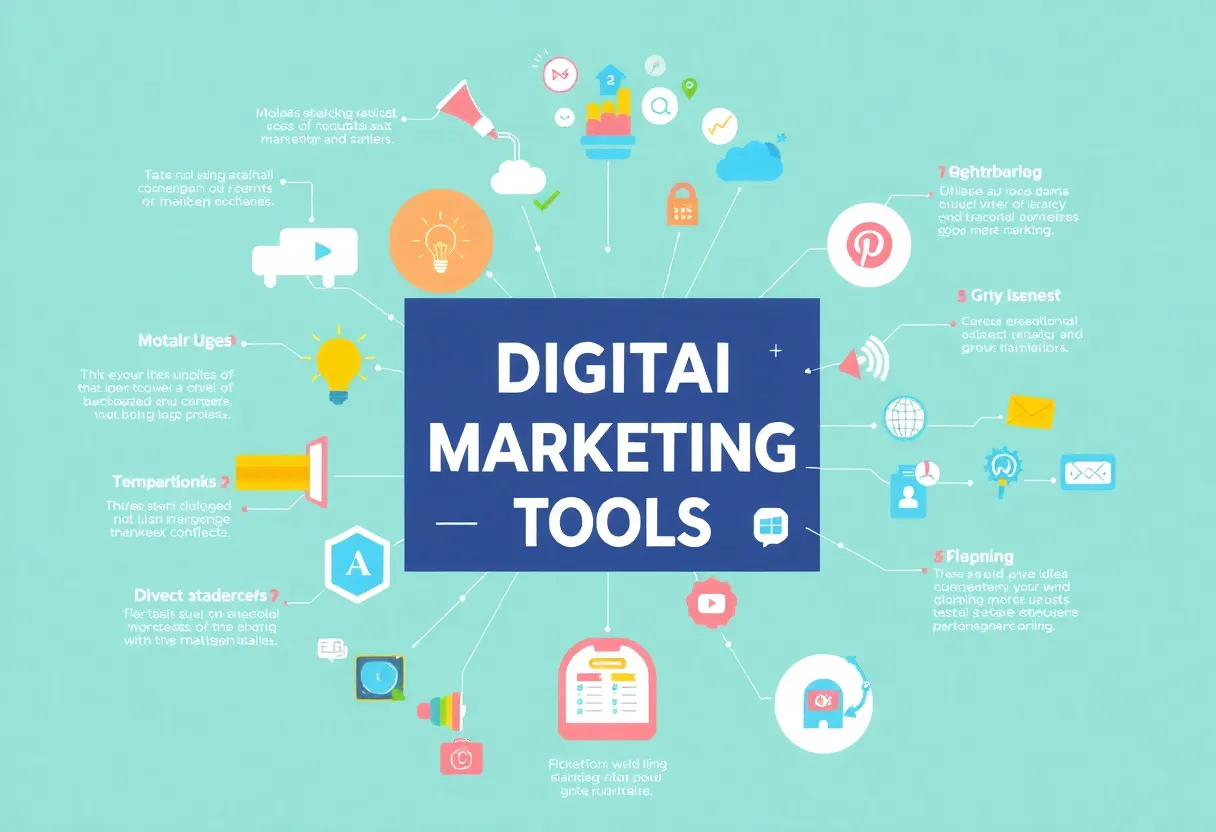News Summary
Unilever is undergoing a major marketing transformation under new CEO Fernando Fernandez, who plans to increase social media spending to 50%. This bold new strategy reflects a shift towards a ‘social-first’ approach while addressing industry concerns and engaging influencers more effectively. With a focus on local connections, Unilever aims to adapt to changing consumer needs.
Unilever’s Marketing Transformation Under New Leadership
In the ever-evolving world of consumer goods, Unilever, one of the largest companies in the sector, has made quite the splash with some significant changes recently. After less than two years at the helm, Hein Schumacher stepped down as CEO in February 2025, and now, the reins are in the capable hands of Fernando Fernandez, an Argentine executive who has spent nearly 40 years with the company.
A Bold New Direction
Fernandez isn’t shy about shaking things up. Following a period of restructuring that included a reduction of 7,500 jobs last year, Unilever is looking to save around €800 million. What’s the plan, you ask? The company has ramped up its brand and marketing investment from 13% to a robust 15.5%. This isn’t just a number; it’s a sign of intent to double down on marketing effectiveness.
The biggest move in Fernandez’s strategy is shifting Unilever’s marketing approach to what he’s calling a “social-first” plan. This means that Unilever plans to allocate a whopping 50% of its media spending on social channels—a significant jump from the current 30%. This is quite a departure from the typical marketing percentages, where most companies usually set aside around 6% for influencer marketing.
Engaging with Influencers
Fernandez revealed ambitions to boost collaborations with influencers by a staggering 20 times. This means that the new direction could create exciting opportunities for both budding and established creators to engage with a massive global brand. The CEO pointed out the vast potential for reaching consumers in key markets, especially in India and Latin America. These regions boast numerous zip codes and municipalities, offering a plethora of local influencer options to better connect with community sentiments.
Market Experts Weigh In
Industry analysts, like Claudia Ratterman from Gartner, highlight that it’s unlikely many brands at Unilever’s scale will follow suit with a similar 50% investment in social media. Yet, the influence of this move is bound to ripple through the industry. Influencer marketing agencies are expected to flourish with this boost in budgets, which will likely lead to heightened competition among them.
Moreover, there’s a noticeable maturing of the influencer marketing landscape. Gone are the days of rampant fraud that once plagued the industry, thanks to advanced campaign management tools. 🛠️ With this renewed focus, brands are finding they need to refine their influencer strategies in order to navigate shifting consumer sentiments.
Addressing Buyer Concerns
While these changes are exciting, the industry isn’t without its concerns. There are worries about social fatigue—a state where consumers become overwhelmed or disengaged due to the sheer volume of content. Critics argue that the more commercialized influencer relationships may dilute the authenticity that consumers crave. If approached with thoughtfulness, however, influencers can become key partners in nurturing genuine relationships with consumers.
Experts largely agree that brands must evolve and innovate their strategies to keep consumer engagement high. The rise of the creator economy—projected to be worth a tremendous $480 billion by 2027—further underlines the need for savvy marketing moves that tap into the potential of creators. Recent studies show that about 53% of marketers intended to increase their spending on influencer content, while nearly three-quarters of marketers are eyeing boosts in creator/influencer marketing budgets.
Moving Forward
In light of these industry shifts, Unilever’s decision to invest heavily in social and influencer strategies appears to be a keen response to evolving media consumption patterns and marketing effectiveness. However, for these ambitious plans to succeed, setting clear goals and implementing robust measurement frameworks will be vital for future influencer marketing campaigns.
As we watch this transformation at Unilever and beyond, one thing is for sure: the world of marketing is changing, and it could get excitingly new as brands adapt to meet the needs of today’s consumers.
Deeper Dive: News & Info About This Topic
HERE Resources
The Rise of Amazon: From a Simple Bookstore to a $1.7 Trillion Giant
Additional Resources
- The Drum
- Wikipedia: Influencer Marketing
- Social Media Examiner
- Google Search: Influencer Marketing 2025
- Hello Partner
- Encyclopedia Britannica: Advertising
- Sprout Social
- Google News: Unilever CEO marketing strategy








